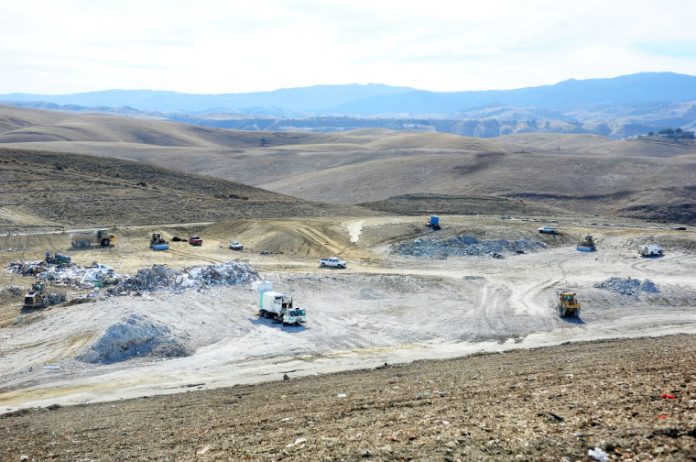San Benito County sold publicly owned landfill space for out-of-county waste disposal; that will free up about $5 million dollars in unneeded landfill closing-cost set-asides as part of the deal. A significant portion of those funds, perhaps half, were originally paid for by in-county residents and businesses as part of their mandatory trash bills. Fairness dictates that the portion residents paid be used to stabilize or reduce the current and future trash bills.
San Benito County runs one major business-type activity, called an enterprise fund – it’s the Landfill-Solid Waste Operation. An enterprise fund provides goods or services to the public for a fee. An enterprise fund must be self-supporting and, importantly, the monies within it can be utilized only for the benefit of the enterprise and must be used only for the purposes identified in the study that adopted and imposed those fees.
The law requires that all landfills put aside or guarantee a “closing fund” that will pay for closing the landfill and monitoring and maintaining it for at least 30 years after it is closed. For many years the residents of San Benito County have been paying into this closing fund as part of their trash bill and, unlike personal or business trips to the landfill, having a trash pickup is mandatory for almost all county residents.
Now the county has made a deal to sell county assets, more landfill space, to a private party in return for the promise to cover the present and future closing costs and get the $5 million closing fund on deposit back. Who does that money belong to?
It was collected specifically for closing costs, but the need for closing costs have gone away; therefore, it seems that closing fund payments that were part of the mandatory trash bills for years should returned to the ratepayers in some fashion. If it were all absorbed into the General Fund, it would be nothing but a backdoor tax that would not be used for the benefit of the enterprise or landfill users.
As always there is a practical glitch: It is essentially impossible to identify who paid what in the past and trying to do a massive research and refund process would eat up a lot of funds. However, every current ratepayer in invested in the landfill and that is where the refund portion should go. The portion that was collected for closing costs should be available to the landfill for a specific purpose – to stabilize current or future the mandatory trash rate increases. Unlike the exploding water bills and the expensive local sewer bills, this would be a chance to stabilize or reduce local rates.
Oh, by the way, the county’s next rate study should eliminate closing costs from future bills if they are covered by a third party.
Business-type Activities:
The business-type activities are represented by the County’s landfill and total assets increased by $213,000 during the year. Total liabilities increased by $63,000. The long-term liabilities of $4.86 million are for the eventual closure and post-closure cost of the landfill when it reaches capacity. Total net position increased $149,000 to $5.2 million.
Source: Management’s Discussion and Analysis – June 30, 2013










